New research shows that low-intensity repetitive transcranial magnetic stimulation (rTMS) can restore key synaptic structures in mouse models of Alzheimer’s disease.
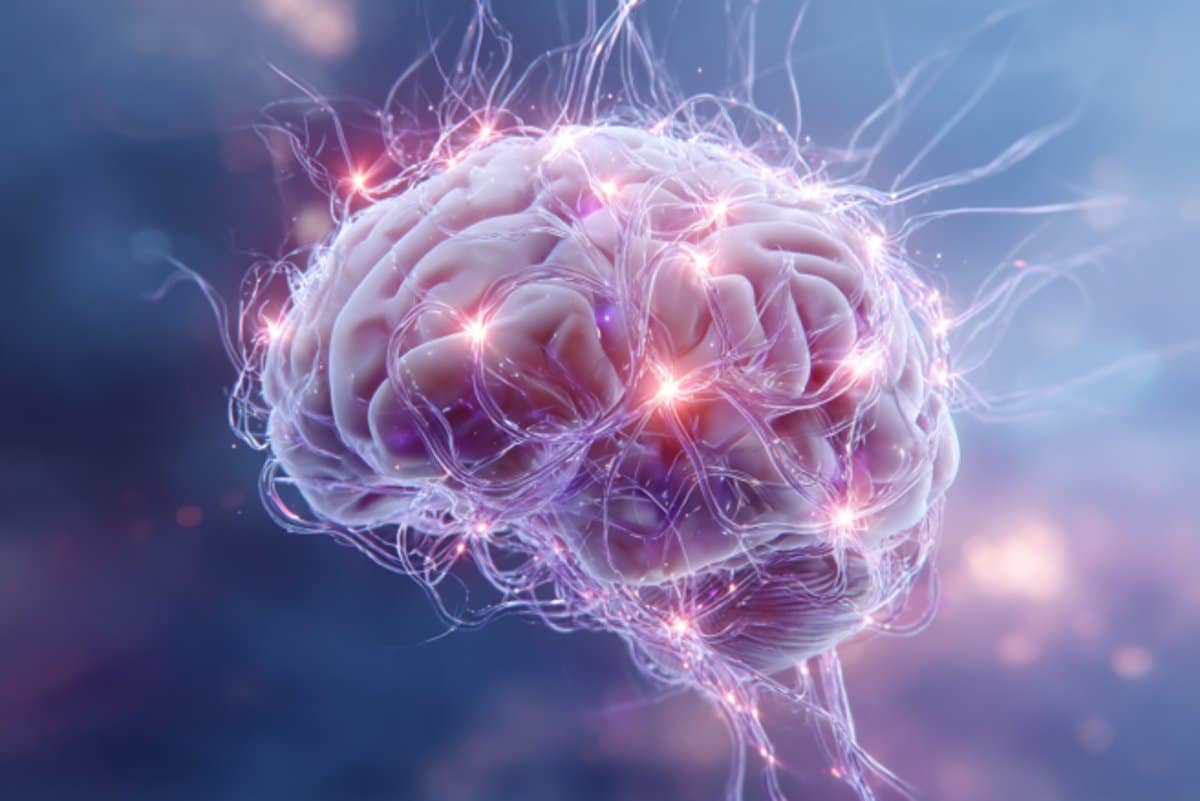

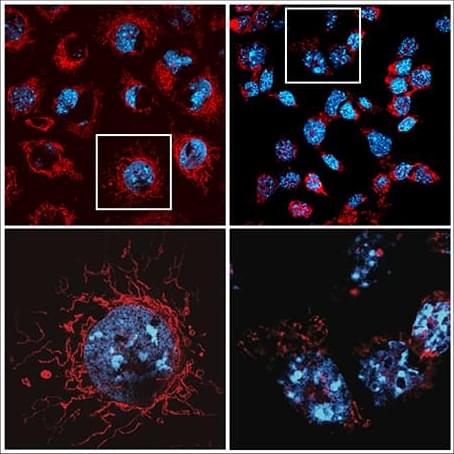
Landmark research on MCL-1, a critical protein that is an attractive target for cancer drug development, helps explain why some promising cancer treatments are causing serious side effects, and offers a roadmap for designing safer, more targeted therapies.
The WEHI-led discovery, published in Science, has uncovered a critical new role for MCL-1, revealing it not only prevents cell death but also provides cells with the energy they need to function.
The findings reshape our understanding of how cells survive and thrive, with implications for both cancer treatment and developmental biology.

Researchers from the Faculty of Physics at the University of Warsaw and the University of British Columbia have described how a so-called lone spinon—an exotic quantum excitation that is a single unpaired spin—can arise in magnetic models. The discovery deepens our understanding of the nature of magnetism and could have implications for the development of future technologies such as quantum computers and new magnetic materials. The work is published in Physical Review Letters.
Magnetism has been known to humanity since ancient times, when naturally magnetized magnetite was discovered. This finding soon found highly practical applications. The first compasses were created in the 11th century in China, and began to be used for navigation.
Today, magnets play an important role in many technologies that surround us, from computer memory and speakers to electric motors and medical diagnostics. Interestingly, alongside photography, magnets have also become a common souvenir of travel, occupying a prominent place in our homes.
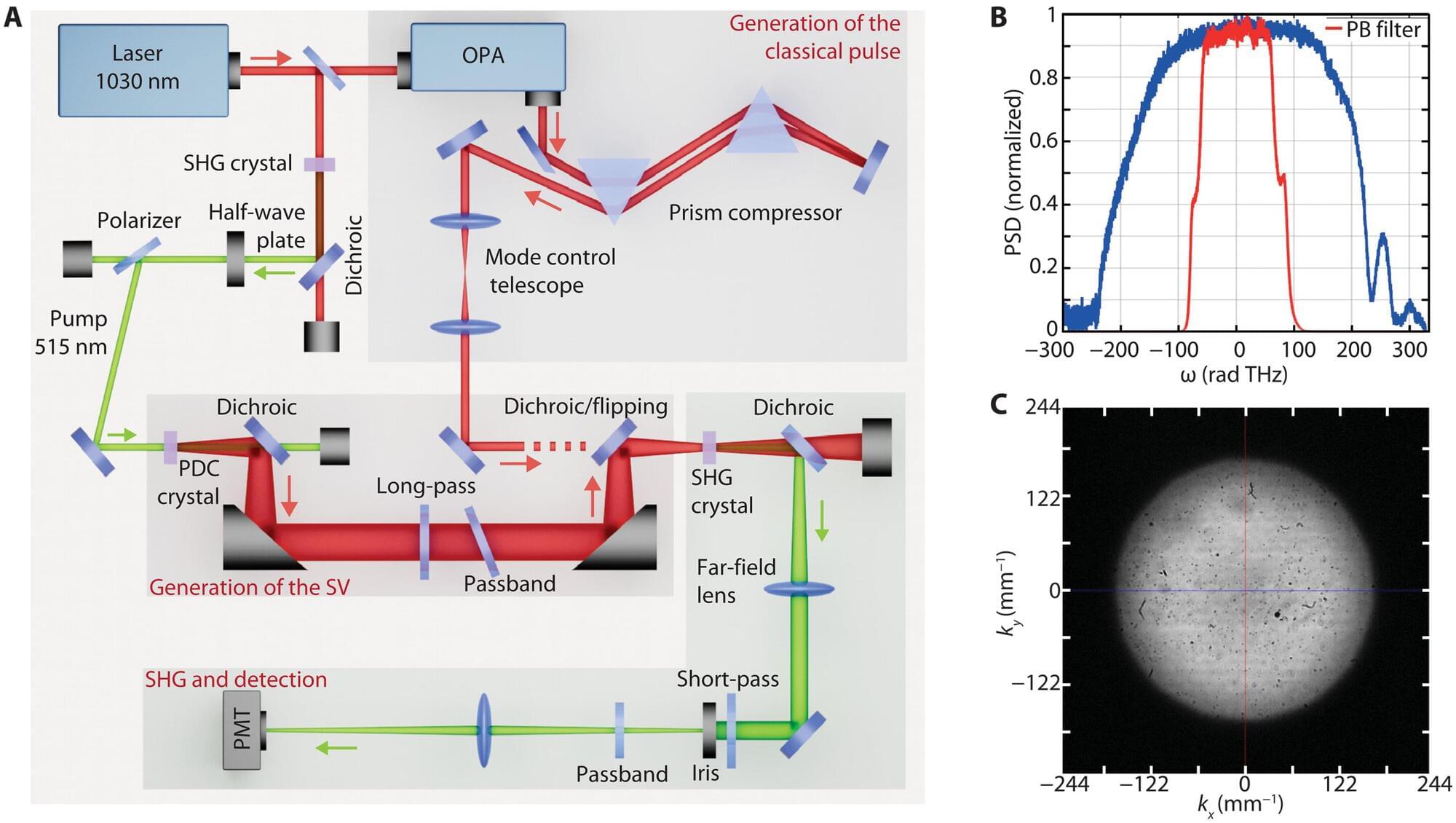
Technologies such as biomedical imaging and spectroscopy could be enhanced by a discovery in research that involved several institutions, including the University of Glasgow. Scientists have found that two-photon processes, which have applications in the study of Alzheimer’s disease and other nervous system disorders, can be strengthened by quantum light at far higher levels than previously thought possible.
The processes normally require high-intensity light but this can cause samples to be damaged or bleached.
It was suggested many years ago—and has since been demonstrated—that entangled photon pairs could overcome this limitation. However, it has been widely believed that this quantum enhancement only survives for very faint light, raising doubts about the usefulness of the approach.
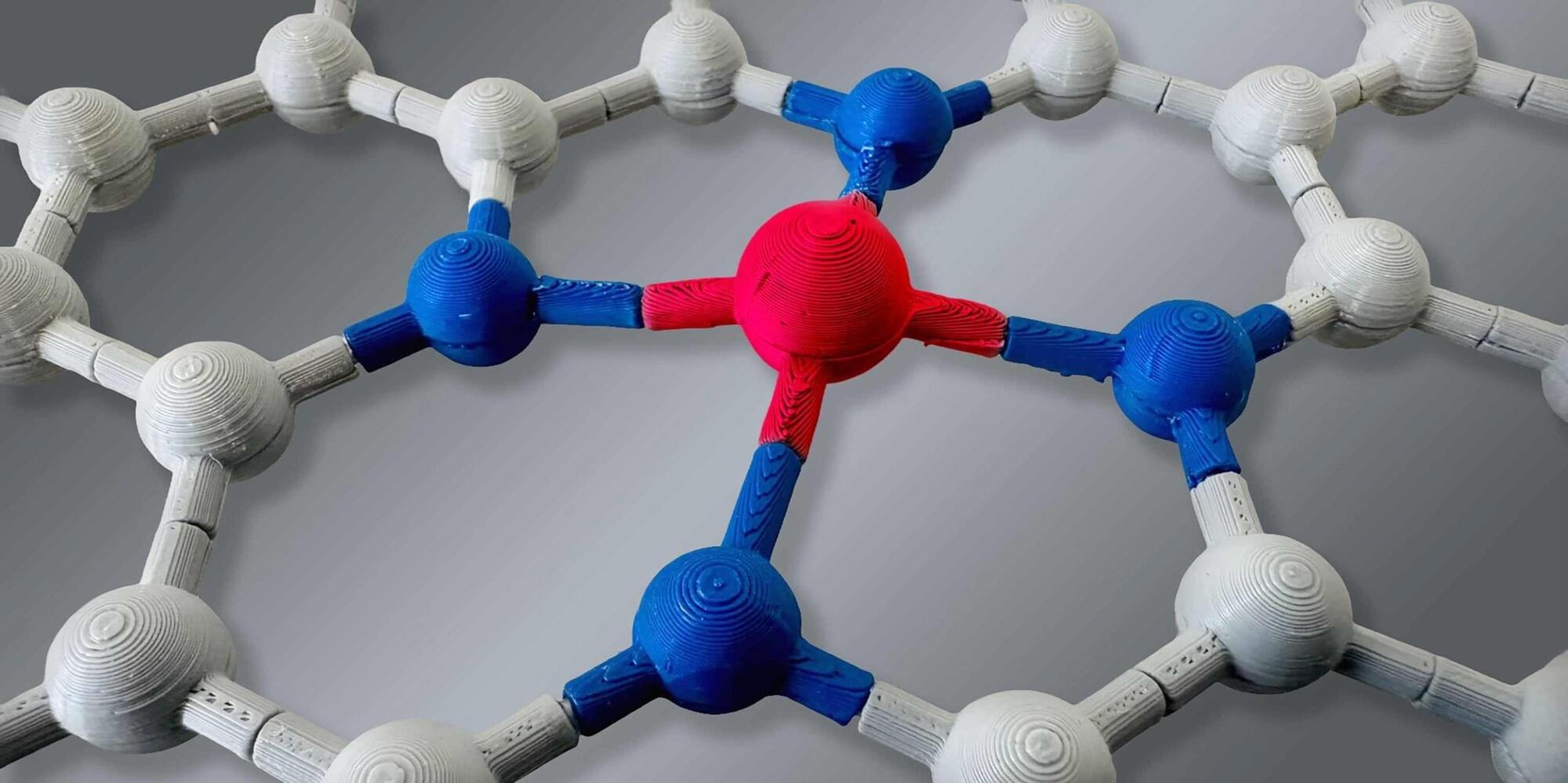

Wang Wei and Deng Ziqing, the co-corresponding authors, determined that a shortage of this retinoic acid prevented mice from regenerating their ear pinna (the outer ear).
Researchers have demonstrated that a genetic switch for organ regeneration exists, after restoring damaged outer ears in mice.
This has ignited hope that similar switches might exist for other organs, even in humans.
The study conducted by the National Institute of Biological Sciences, Beijing, zeroes in on a crucial molecule: retinoic acid, a derivative of vitamin A.
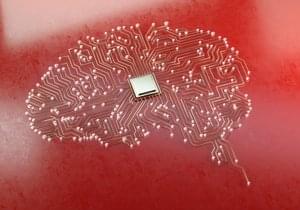
Recent advances suggest the technology is hitting its stride. The UC Davis team’s speech synthesis system represents a fundamental shift from previous approaches. Rather than translating brain signals into text and then synthesizing speech — a process that created significant delays — UC Davis’ system converts thoughts directly into sounds with near-instantaneous 10-millisecond latency.
H2]:text-3xl pb-8
Meanwhile, researchers at Carnegie Mellon achieved real-time control of individual robotic fingers using non-invasive EEG technology, wearing a cap that reads brain signals through the skull. This suggests that future brain interfaces might not require surgery at all for certain applications.

A research team led by Prof. Li Hai from the Hefei Institutes of Physical Science of the Chinese Academy of Sciences has developed a novel deep learning framework that significantly improves the accuracy and interpretability of detecting neurological disorders through speech. The findings were recently published in Neurocomputing.
“A slight change in the way we speak might be more than just a slip of the tongue—it could be a warning sign from the brain,” said Prof. Hai, who led the team. “Our new model can detect early symptoms of neurological diseases such as Parkinson’s, Huntington’s, and Wilson disease, by analyzing voice recordings.”
Dysarthria is a common early symptom of various neurological disorders. Since speech abnormalities often reflect underlying neurodegenerative processes, voice signals have emerged as promising noninvasive biomarkers for the early screening and continuous monitoring of such conditions.
By Heidi Hausse & Peden Jones/The ConversationTo think about an artificial limb is to think about a person.
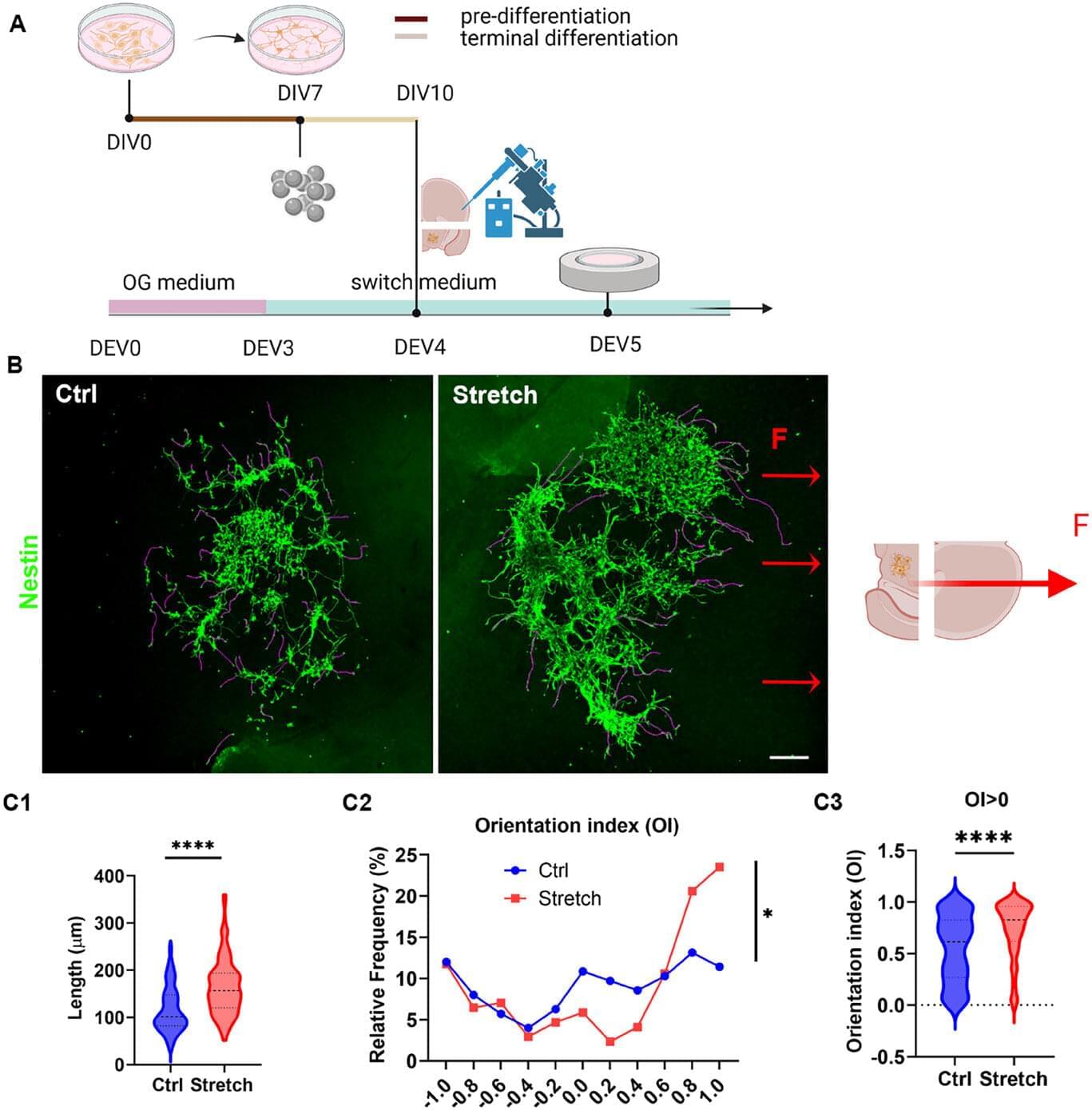
A collaborative study led by Professor Vittoria Raffa at the University of Pisa and Assistant Professor Fabian Raudzus (Department of Clinical Application) has unveiled a novel approach that uses magnetically guided mechanical forces to direct axonal growth, aiming to enhance the effectiveness of stem cell-based therapies for Parkinson’s disease (PD) and other neurological conditions.
Parkinson’s disease is characterized by the progressive degeneration of dopaminergic neurons in the substantia nigra (SN), which project to the striatum (ST) via the nigrostriatal pathway. The loss of these connections leads to dopamine deficiency and the onset of motor symptoms.
While cell replacement therapies using human stem cell-derived dopaminergic progenitors have shown encouraging results in clinical trials, a key limitation remains: the inability to guide the axons of transplanted cells over long distances to their appropriate targets in the adult brain.